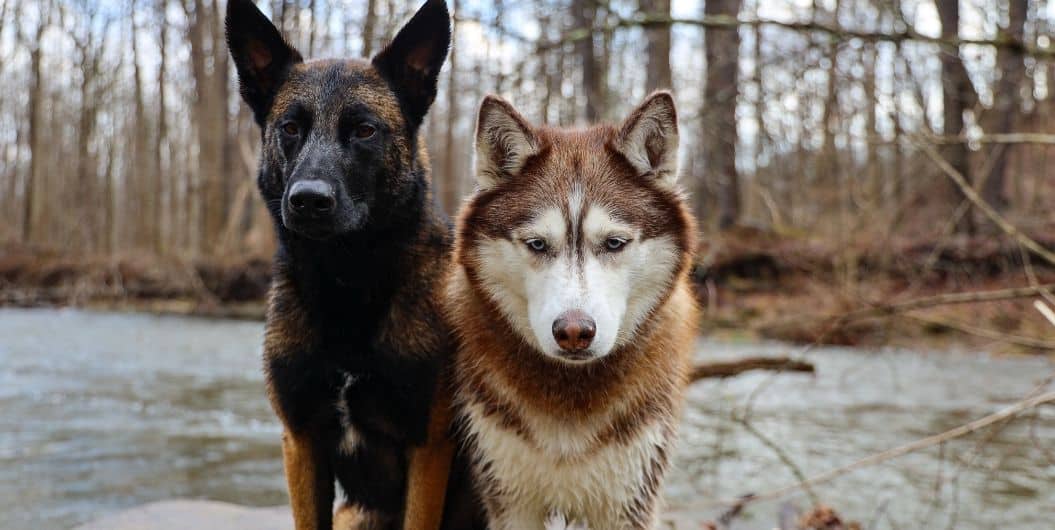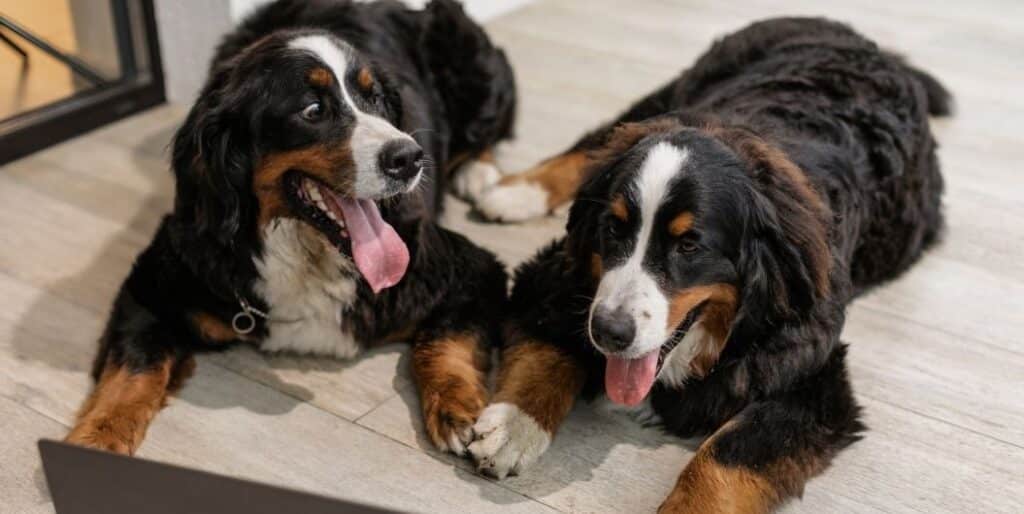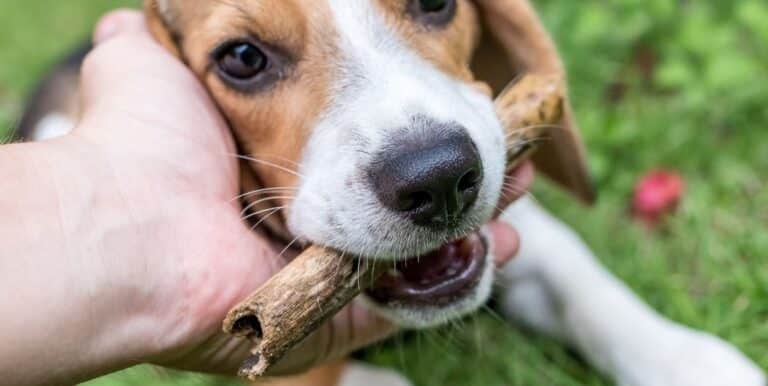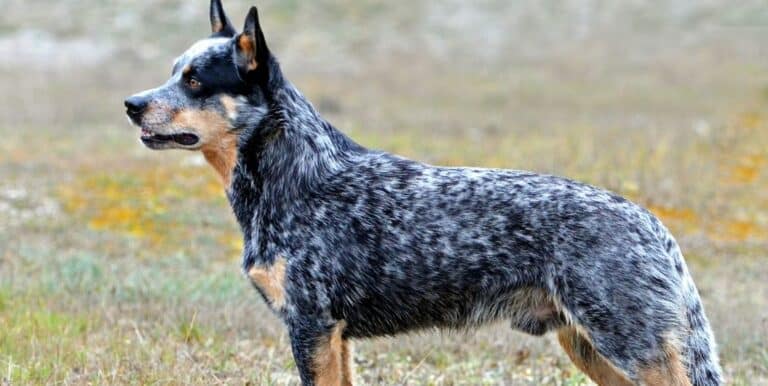What Are the Uses of Levothyroxine for Dogs?

Levothyroxine for dogs is a synthetic version of the T4 or L-thryoxine thyroid hormone used to treat hypothyroidism in these companion animals. Hypothyroidism results when a dog cannot make enough thyroid hormone to support normal cell metabolism. A dog that is lethargic or weak with a poor hair coat may have hypothyroidism. Levothyroxine for dogs is a hormone replacement therapy that can reverse the symptoms and effects of hypothyroidism. This treatment is marketed under the brand names Soloxine® and ThyroTabs®.
Hypothyroidism is a common endocrine disease in middle-aged and older dogs and a rare one in cats. Certain breeds, including labradors, golden retrievers, and great danes, are more susceptible. This hormonal disease is believed to result from immune-mediated thyroiditis caused by antibodies the dog makes against its own thyroid gland. As a result, the dog is not making enough thyroid hormone to support normal cell function in its organs. Other possible causes include thyroid cancer and idiopathic follicular atrophy.

Some classic signs of hypothyroidism in dogs include lethargy, weight gain, and chronic skin infections and disorders. Seborrhea and hair loss are also typical symptoms. Thyroid testing is often part of the clinical workup for any ill dog because hypothyroidism is common and can cause a wide variety of symptoms.
This condition is treated with thyroid hormone replacement therapy, and the standard drug is levothyroxine for dogs, a synthetic form of the T4 hormone. It is available in tablet form in sizes from 0.1 to 0.8 milligrams. The usual dose for dogs is 0.1 mg per 10 lbs (4.5 kg) administered twice a day. The entire treatment plan should be completed even if the dog begins to show signs of improvement before the last dose is given.
In most cases, the dose and frequency of administration of levothyroxine for dogs will require individual adjustment. This is due to the fact that the intestinal absorption of the medication ranges from 10 to 50 percent in dogs. Switching brands of levothyroxine for dogs and changing a dog’s diet can also impact drug absorption. The dog’s thyroid hormone concentrations should be retested after any such change in food and drug brand.

A dog taking levothyroxine for dogs should have its T4 concentrations evaluated four to six weeks after starting treatment. If the concentration of T4 is too low or too high, the dose will have to be adjusted. Signs of an overdose include nervousness, increased thirst, and weight loss. Increased urination, tremors, and panting are additional indicators that a dog’s dose is too high. Once T4 levels stabilize, monitoring of hormone concentration can be reduced to one or two veterinary visits a year.
Most dogs show signs of increased energy within two weeks of starting a regimen of levothyroxine for dogs. Hair loss may appear to worsen initially, but this is because the dog will shed its old hair coat before the new one grows in. Weight loss is typically noticeable after two months, while the skin and hair coat will improve within several months of treatment. Nerve function, if affected, improves gradually.
Levothyroxine for dogs is not associated with many side effects at the correct dosage level. Owners should be vigilant for signs of an allergic reaction in their dogs, such as hives, compulsive scratching, and vomiting. This medication should not be administered to a dog without a diagnosis of hypothyroidism from a licensed veterinarian.






